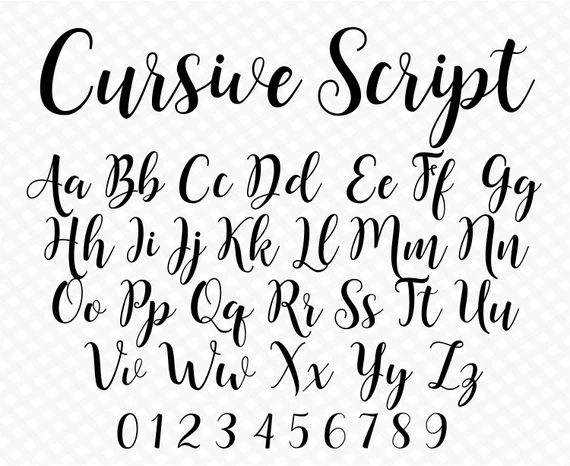In a world overflowing with words, fonts are the silent artists shaping how we perceive and interact with written information. They are the visual storytellers, the mood-setters, and the conveyors of meaning in the realm of design and communication. In this exploration, let’s delve into the captivating world of fonts and understand why they are so much more than just letters on a page.
The Power of Fonts in Communication
Fonts are more than just a choice; they are a visual language. They have the ability to:
- Evoke Emotions: Different fonts can evoke a wide range of emotions. A bold, sans-serif font screams confidence and modernity, while a flowing script font whispers elegance and nostalgia.
- Convey Information: Fonts play a significant role in conveying the hierarchy of information. Titles, headings, subheadings, and body text all require different fonts to guide readers through content effortlessly.
- Set the Tone: Think about a formal invitation versus a playful children’s book. The choice of font immediately sets the tone and expectations for what’s to come.
- Enhance Readability: Legibility is paramount, especially in long-form content. The right font can make reading a pleasure, while the wrong one can cause fatigue.
The Diverse World of Fonts
The font universe is incredibly diverse, offering a font for every occasion, purpose, and style. Here are some of the main font categories:
- Serif Fonts: Timeless and elegant, serif fonts are characterized by small lines or strokes at the ends of letters. They are often used in traditional print media like books and newspapers.
- Sans-Serif Fonts: Clean, modern, and versatile, sans-serif fonts lack the small lines or serifs at the ends of letters. They are popular in digital media and branding.
- Script Fonts: These fonts mimic cursive handwriting, adding a personal and often romantic touch to designs.
- Display Fonts: These fonts are designed to catch the eye. They can be bold, ornate, or quirky and are often used for headlines and logos.
- Monospaced Fonts: In monospaced fonts, each character takes up the same amount of horizontal space. They are commonly used in coding and typewriters.
The Craftsmanship Behind Fonts
Creating a font is a meticulous and artistic process. Type designers, also known as typographers, meticulously craft every character, ensuring consistency in style, size, and spacing. Each letter, number, and symbol is a work of art on its own. The spacing between characters and lines, known as kerning and leading, is equally important to create an aesthetically pleasing and readable text.
The Future of Fonts
The digital age has brought fonts into new dimensions. The rise of web fonts, variable fonts, and responsive typography has given designers more tools to create dynamic and engaging content. Variable fonts, for example, allow a single font file to have multiple styles and variations, enabling designers to fine-tune fonts based on device, screen size, or user preferences.
In Conclusion
The next time you open a book, browse a website, or read a sign, take a moment to appreciate the thought and artistry that went into selecting the fonts you encounter. Fonts are not just letters; they are the artistic backbone of visual communication, shaping our perceptions, conveying meaning, and adding beauty to the world of words.













